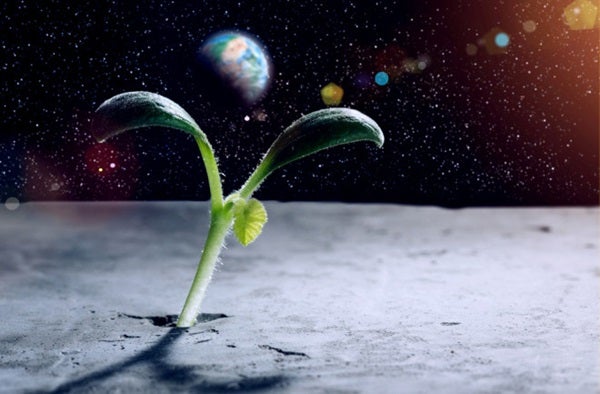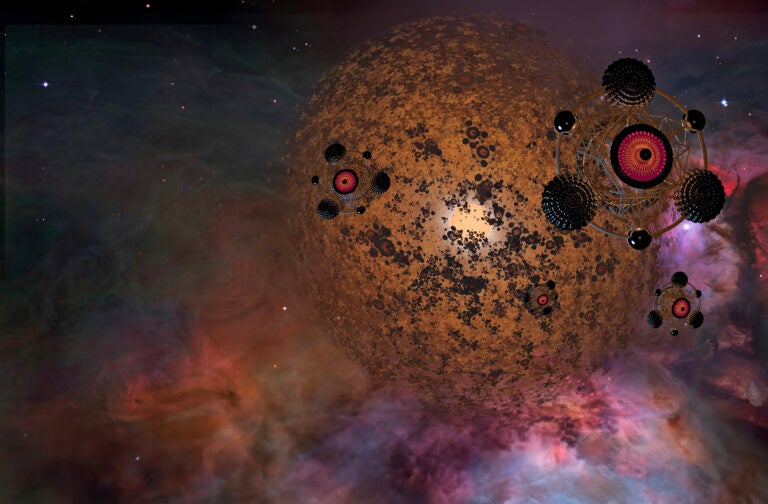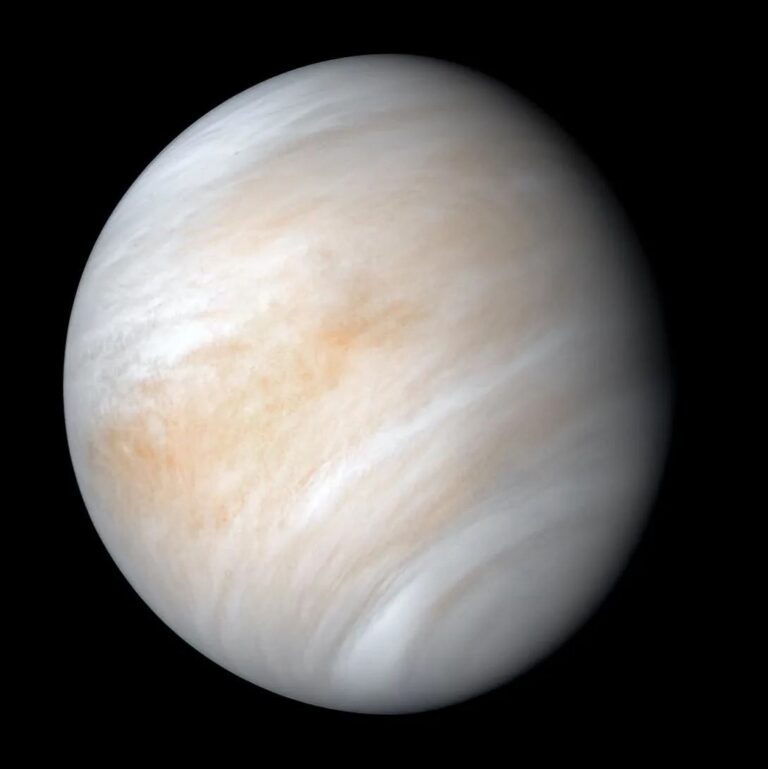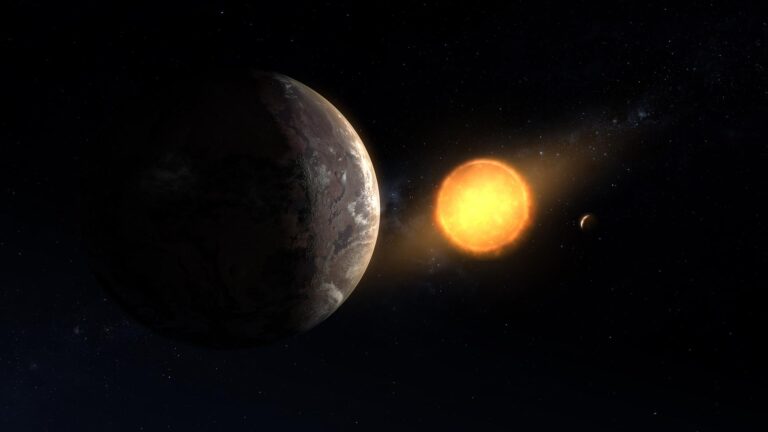Exoplanet hunting is evolving from a science searching for exotic new worlds into one that is attempting to better understand these planets and to characterize them. Astrobiologists are especially interested in worlds that might support life.
One important characteristic is the existence of liquid water, which is essential for life on Earth. So astrobiologists have focused on finding other Earths in the region around stars where liquid water might exist, the so-called habitable zone. And they have found dozens of candidates, with many more set to emerge as observatories become more powerful.
However, astronomers cannot study all these planets in detail because observing time is a precious and limited resource. This raises the question of how to identify the most promising exoplanets for further study.
Oxygen signature
Enter Cassandra Hall and colleagues at the University of Georgia in Atlanta. “Life requires energy to remain out of equilibrium with its environment,” they point out. “For almost all the biomass on Earth, this energy source is oxygenic photosynthesis.”
For this reason, Hall and co say it makes sense to limit the search to planets that can support this kind of photosynthesis. They have calculated that this new criteria dramatically reduces the zone around a star where potentially interesting planets can exist. They go on to identify a handful of candidates where conditions are ripe for Earth-like photosynthesis and say this is where the search for life elsewhere in the universe should focus.
Photosynthesis stores starlight as chemical energy. On Earth, it is a reaction, powered by the sun, that turns carbon dioxide and water into glucose and oxygen. Plants use this glucose to power the processes of life.
Photosynthesis depends not just on the temperature, but also on the intensity and spectra of available light. It also requires water.
So Hall and co model conditions on other planets to see if they can support photosynthesis, taking into account factors such as the distance from the parent star, the spectra of light it produces and whether any atmospheric gases might block the necessary light.
All this makes the photosynthetic habitable zone much narrower than the conventional habitable zone–only a handful of planets meet the criteria.
That has important implications for the range of planets astronomers have found so far. Red dwarf stars host many of the exoplanets found inside the habitable zone, almost certainly because planets are easier to spot around these stars with current planet hunting techniques.
That’s because they have low masses so planets often orbit closely with fast orbits, which makes them easier to spot. However, planets that orbit close to their parent stars are more likely to be tidally locked and so always point the same face towards their star.
This has provoked intense debate over whether these bodies can host life since liquid water would exist only in a narrow band along the terminator. Hall and co say that as far as the photosynthetic habitable zone is concerned, the debate is moot because it generally lies further away from a star than the tidal lock zone.
Red dwarf problem
So most of these planets around red dwarfs can be discarded as candidates for further study, at least by this criterion. In particular, it excludes the four planets in the habitable zone around a nearby star called Trappist 1. These are among the closest that exist to Earth and so had garnered much attention. But this is likely to fade given they are also tidally locked.
Nevertheless, Hall and co identify five planets that consistently sit within the photosynthetic habitable zone. These are Kepler-452 b, Kepler-1638 b, Kepler-1544 b and Kepler-62 e and Kepler-62 f.
Kepler 452 b , for example, has a radius about 50 per cent larger than Earth’s and orbits a sun-like star every 385 days. In the absence of any greenhouse effect, its surface ought to have an average temperature of -8 degrees centigrade. So any small greenhouse effect would allow the existence of liquid water.
That puts it firmly in the habitable zone and also, now, in the photosynthetic habitable zone.
Hall and company believe that Kepler 452 b and its cousins are the most attractive targets for future research. They conclude: “We suggest the search for signs of life elsewhere in the Universe should begin in earnest on the candidate planets we have identified.”
Reference: A New Definition of Exoplanet Habitability: Introducing the Photosynthetic Habitable Zone: arxiv.org/abs/2301.13836










